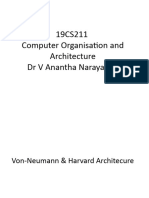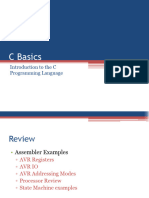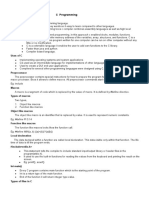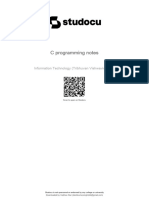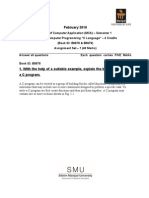0% found this document useful (0 votes)
120 views8 pagesNti C and Embedded C Contents
While loops with non-zero conditions like while(1) or while(2) will result in infinite loops that run continuously until a break statement. While(0) is the opposite and will cause the code block to never execute since the condition is always false. For loops are generally used when the number of iterations is known, while while loops are used for an unknown number of iterations until a certain condition is met.
Uploaded by
Mohamed Youssif FaroukCopyright
© © All Rights Reserved
We take content rights seriously. If you suspect this is your content, claim it here.
Available Formats
Download as PDF, TXT or read online on Scribd
0% found this document useful (0 votes)
120 views8 pagesNti C and Embedded C Contents
While loops with non-zero conditions like while(1) or while(2) will result in infinite loops that run continuously until a break statement. While(0) is the opposite and will cause the code block to never execute since the condition is always false. For loops are generally used when the number of iterations is known, while while loops are used for an unknown number of iterations until a certain condition is met.
Uploaded by
Mohamed Youssif FaroukCopyright
© © All Rights Reserved
We take content rights seriously. If you suspect this is your content, claim it here.
Available Formats
Download as PDF, TXT or read online on Scribd
/ 8





















